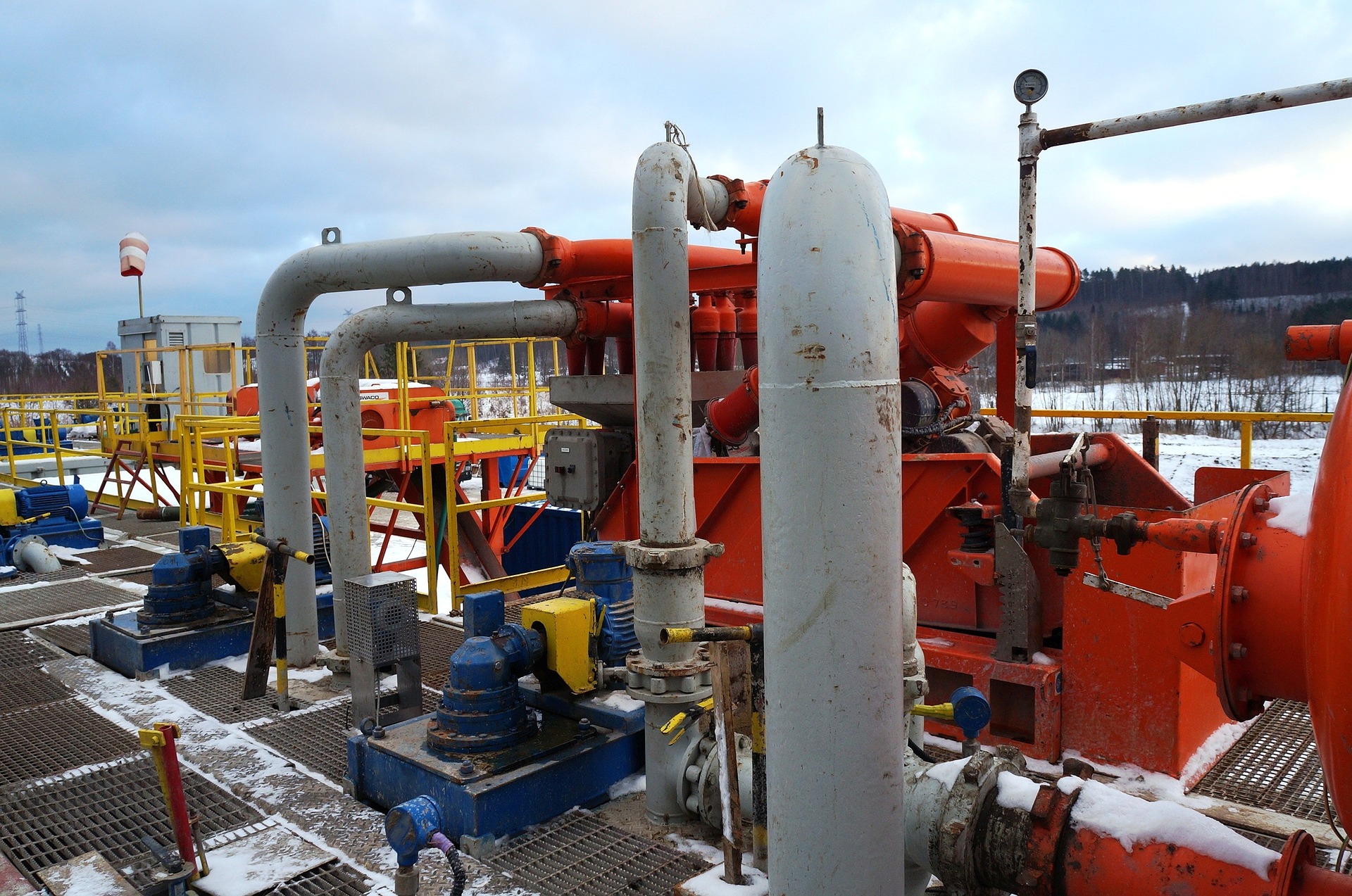Everything About Oil Field Equipment and Pipeline Equipment: Trick Insights and Vital Information
Oil field equipment and pipeline systems play a crucial duty in the oil and gas sector. They are crucial for the efficient extraction and transportation of hydrocarbons. Secret components, such as piercing rigs and storage space containers, straight influence functional success. Innovations in innovation promise to improve security and performance. Recognizing these components is crucial for anyone involved in or thinking about this complex sector, as it sets the stage for deeper expedition of sector methods.

Overview of Oil Field Equipment
As the need for oil remains to expand, recognizing the devices utilized in oil fields becomes progressively important. Oil field equipment includes a vast array of machinery and devices essential for exploration, extraction, and processing. Key parts consist of drilling rigs, which are vital for getting to oil reservoirs, and production tools, such as separators and pumps, that help with the removal procedure. Superior rentals squeeze tools. Additionally, storage space tanks play a significant duty in holding petroleum prior to transport. Safety tools, including blowout preventers and stress gauges, assures operational safety and efficiency. Each tool functions cohesively to enhance production and preserve reliable workflow. Familiarity with this tools is vital for specialists in the industry to guarantee successful operations and adherence to security requirements
Sorts Of Drilling Rigs and Their Applications
Drilling rigs function as the backbone of oil removal procedures, with various kinds developed for particular geological problems and operational demands. One of the most usual kinds include rotary exploration rigs, which use a rotating drill little bit to pass through the planet, and cable device rigs, understood for their percussion exploration technique. For overseas operations, jack-up rigs and semi-submersible rigs offer stability and assistance in aquatic settings. In addition, directional boring rigs allow operators to pierce at angles, getting to down payments that are not vertically obtainable. Each gear type has one-of-a-kind benefits, enhancing performance and security based upon the drilling setting. Choosing the appropriate gear is vital for maximizing resource extraction while reducing environmental influence and operational costs.

Necessary Pipeline Equipment and Their Functions
Pipeline facilities is essential for the transport of oil and gas from removal websites to refining centers and end-users. Various vital tools components facilitate this procedure. Pipes themselves function as the primary avenues, designed to stand up to high pressure and corrosive substances. Pump stations are crucial for maintaining circulation by boosting additional info pressure along the pipeline. Shutoffs play a crucial duty in managing flow and isolating areas for maintenance. Furthermore, fittings and ports guarantee protected joints between pipe areas. Keeping track of systems, including circulation meters and pressure sensors, are important for finding leaks and optimizing circulation rates. Finally, pigging devices is employed for upkeep and cleansing, protecting pipeline stability and efficiency. With each other, these parts form the backbone of a trustworthy pipeline system.
Developments and Technologies in Oil and Gas Equipment

Safety And Security and Upkeep Practices in the Oil Industry
While the oil industry has actually made significant strides in innovation and efficiency, the importance of robust safety and maintenance practices can not be overstated. Reliable security protocols are important to safeguard workers and the environment, reducing the danger of accidents and spills. Routine assessments and maintenance of equipment assistance determine you could try these out possible concerns before they rise, ensuring functional integrity. Educating programs for employees are essential, emphasizing the importance of safety recognition and emergency situation feedback treatments. Additionally, adherence to market guidelines and standards cultivates a society of safety and security. Carrying out sophisticated tracking innovations can better enhance upkeep techniques, permitting real-time assessments of tools conditions. Eventually, focusing on safety and upkeep is indispensable to the sustainability and success of the oil sector.
Often Asked Questions
What Are the Ecological Influences of Oil Field Equipment?
The environmental impacts of oil field equipment consist of habitat damage, water contamination, and air pollution (Superior Rentals fusion machines). Additionally, equipment breakdown can bring about spills, adversely affecting wildlife and ecosystems, highlighting the requirement for rigorous regulations and monitoring
Just How Is Oil Field Equipment Transferred to Remote Locations?
Transferring oil field equipment to remote places often involves customized automobiles, helicopters, or barges. Logistics companies coordinate paths, making certain equipment arrives safely and successfully, considering terrain and ease of access to lessen delays and make best use of efficiency.
What Regulative Specifications Govern Oil Field Equipment?
Regulatory standards governing oil field equipment primarily consist of security, environmental management, and functional effectiveness standards. Agencies such as OSHA and EPA apply these policies to ensure risk-free techniques and decrease ecological influence in oil extraction operations.
What Skills Are Required to Run Oil Area Machinery?

How Do Oil Rates Impact Equipment Demand and Usage?
Oil rates significantly influence tools demand and use. Higher rates normally cause raised expedition and production tasks, driving need for equipment. Alternatively, lower costs read this might result in reduced procedures and decreased requirement for devices.